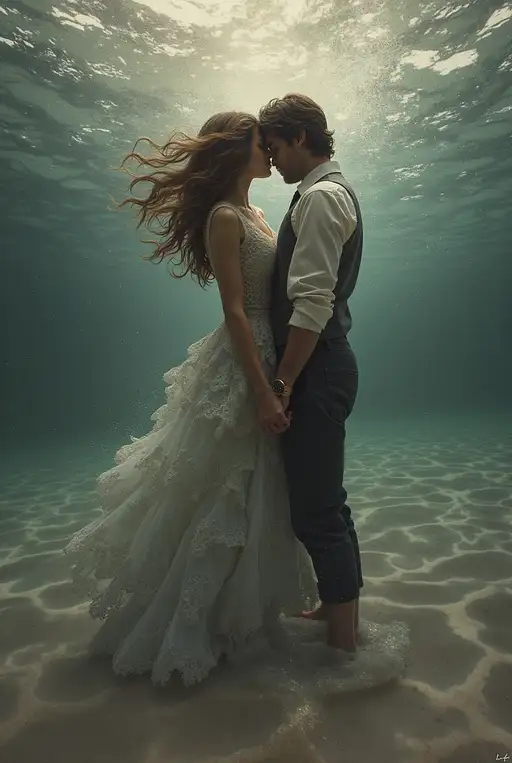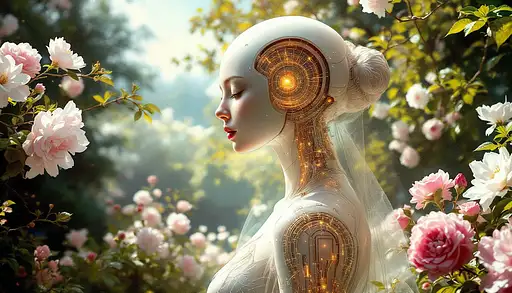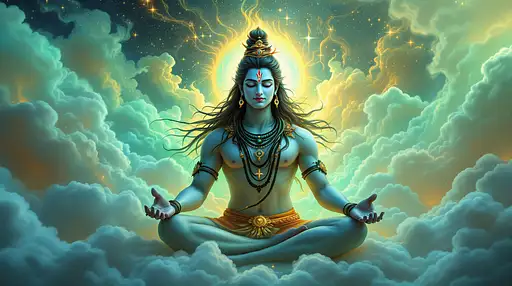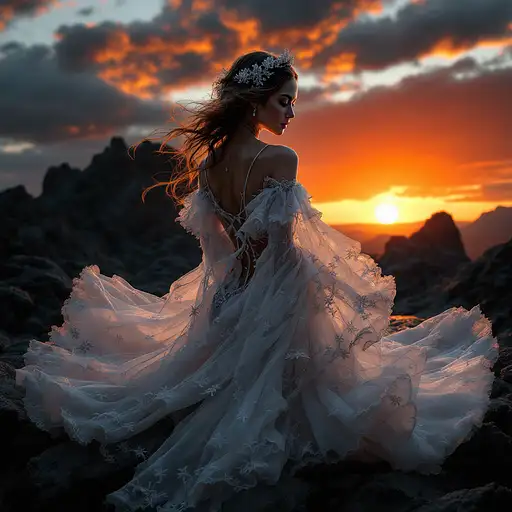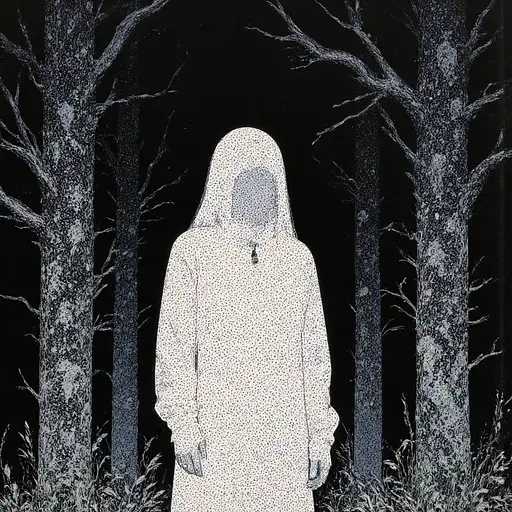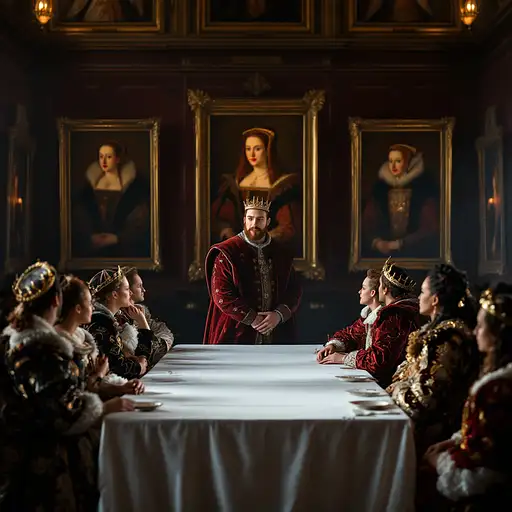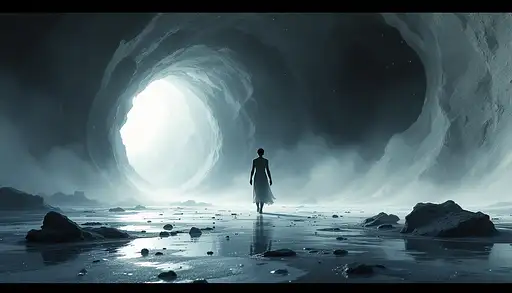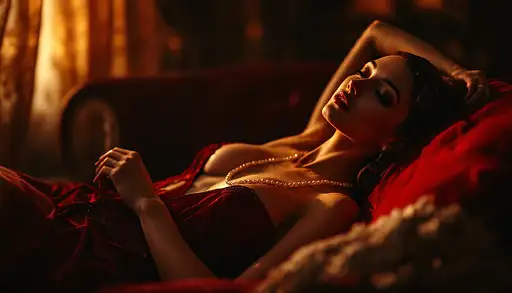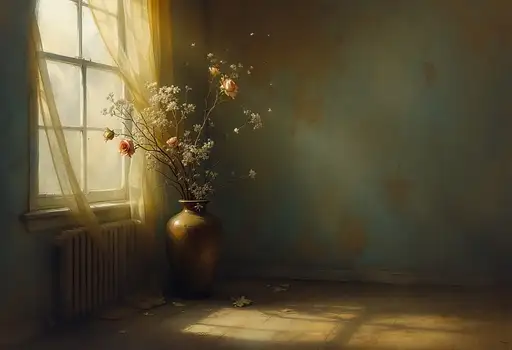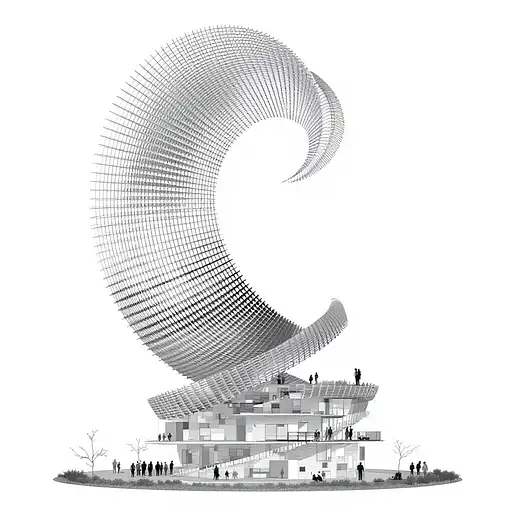
5 months ago
(Primary Subject: Emotionally Expressive Android Woman with Dual-Layered Skin, Painted in Impressionist Classical Renaissance Style, 1.7 weight) — in the heart of a lush, sun-drenched garden overflowing with blossoms, an android woman stands quietly, her form captured in the painterly elegance of a Renaissance-era oil painting. Her body is sculpted and graceful, rendered with soft impressionist brushstrokes that blend into surreal detail—her figure radiant, yet ethereal, like a machine-angel frozen in time. Her “skin” is composed of two delicate, interwoven layers: The outer layer is smooth, reflective, and subtly fluid, shimmering with hints of pale pink, soft violet, and dusky gold, like liquid mercury caught in a sunset. It has the appearance of gently flowing molten glass, and catches the dappled garden light with painterly elegance. Beneath it, faintly visible through the translucent surface, lies a subdermal lattice—a softly glowing core of golden circuitry, like sacred geometry woven into synthetic muscle. It pulses faintly, like a slow heartbeat of light, giving her form an inner radiance, a soul made of signal (subtle luminous inner structure beneath transparent surface, 1.6 weight). She wears no armor, no exposed wires—only that liquid-smooth surface, glowing softly in the sun. A thin, continuous line of amber-orange light traces up the outside of her legs, over her hips, across her shoulders and arms, like a haloed signature etched into her form. Her visor-like faceplate—a curved golden-glass surface—reflects the garden’s warm light. Though faceless, her entire body language conveys profound emotion: one hand lightly touching her chest, the other extended gently toward a single open flower, as if remembering something. Her posture is soft, tender, almost melancholic—like a saint carved from future metal, lost in sacred thought. The garden blooms around her in classical beauty—roses, lilies, orchids, and surreal blossoms from impossible species. Sunlight pours through foliage in golden beams, casting her figure in a divine backlight. Petals drift in the air like thoughts. Her reflection shimmers faintly in a nearby pool. Rendered in the style of a classical oil painting—with visible brush textures, soft baroque lighting, volumetric haze, and subtle chiaroscuro across her form. The colors are rich and warm—sunset gold, floral crimson, blush pink, and soft lavender—interplaying with reflections in her skin like a moving canvas.



